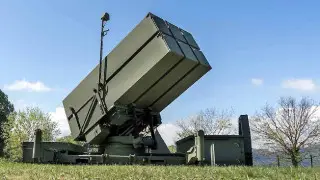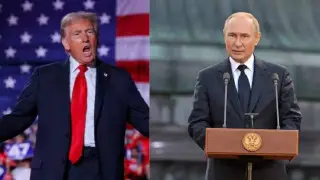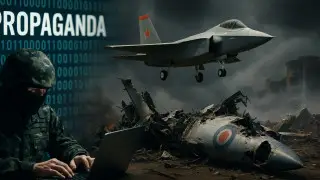
China-Pakistan Alliance
International News: When blood was shed in Pahalgam in India in the spring of 2025, every eye turned towards Pakistan. But now, time has peeled off the layers and beneath the layers, another face is visible that of China. A face that was neither on the border nor in the statements, but whose presence was felt in every strategic move.
What Ashok Kumar, director of the New Delhi-based Center for Joint Warfare Studies, has revealed is not just a military report, but a map of the direction of future war. According to him, during India's 'Operation Sindoor', China not only provided satellite intelligence to Pakistan, but also helped reorganize its air defense network. It was a secret strategic alliance without making any noise, from behind the scenes.
On April 22, just fifteen days after the terrorist attack in Pahalgam, India launched a retaliatory action against terrorist bases in Pakistan. But even before that, China had dedicated its satellite coverage to Pakistan so that it could monitor every military move of India. This was not mere support, it was military intervention in a civilian war.
Pakistan openly admitted that it used Chinese J-10C fighter jets and PL-15 missiles in the conflict against India. The remains of these missiles were found on Indian soil which is a clear indication that this war has become a test of the tri-polar balance of power, not a conflict between two nations.
China not only provided technical help, it also provided Pakistan with diplomatic ‘armour’. It weakened resolutions against Pakistan in the United Nations Security Council and pressured India to soften its language on terrorism. That is, on the one hand India was responding in blood, and on the other, Beijing was building diplomatic fortifications against it across the world.
This conflict shows that wars are no longer fought only on the battlefield. The eyes of the satellite, the voices of the international forums and the signals of the radar, all work together. India will now have to prepare its national security policy not just for the soldiers deployed on the border, but also for the armies of cyber, space and diplomacy.
Operation Sindoor may have been against Pakistan, but it clearly showed the shadow of China's hidden intentions. The next war will probably not be fought with guns, but with data, diplomacy and drones.













Copyright © 2025 Top Indian News
